Randonée with T1
Randonée in Jotunheim / Norway
Ski mountaineering, or randonée skiing, is a demanding form of skiing where one ascends mountains with skis on and uses skins under the skis for grip on steep inclines. It requires significant physical effort as one moves through wild winter terrain with rocks, bushes, and streams. At the same time, a high level of safety awareness is needed, as it is easy to enter avalanche-prone terrain, which we definitely want to avoid.
I was really looking forward to the trip to Gjendesheim in Jotunheimen, Norway. As a person with diabetes, it is crucial to have large amounts of carbohydrates as a backup. I have prepared for this and have attempted to describe my thoughts on the matter in this blog Link.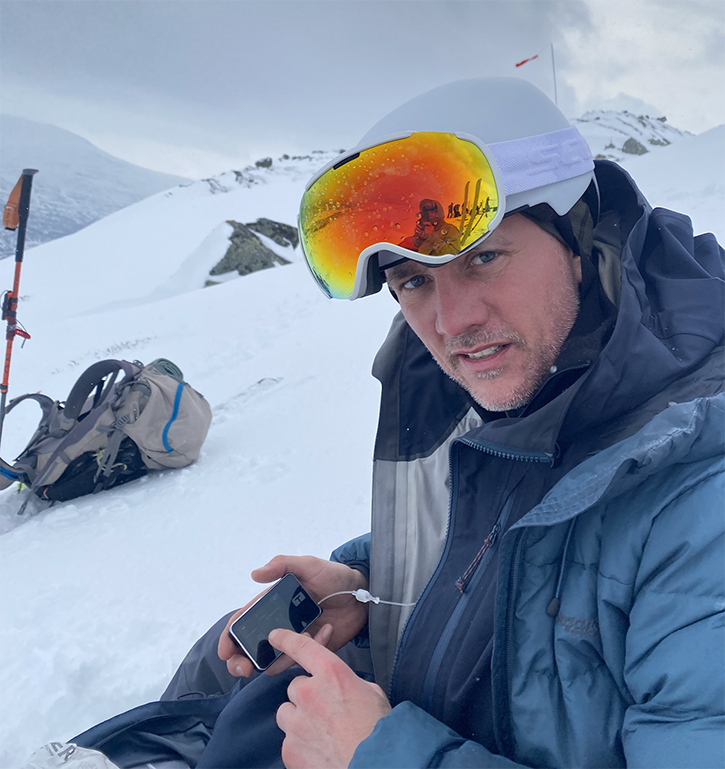
Besides my specially designed insulated chest storage pouch, I also carry an avalanche beacon, which is mandatory for ski mountaineering. In my chest pockets, I keep several muesli bars and glucose tablets, as retrieving them from my backpack in the cold can be cumbersome. With ski skins also stored on my chest (to keep them warm so they adhere better), it becomes quite a packed setup.
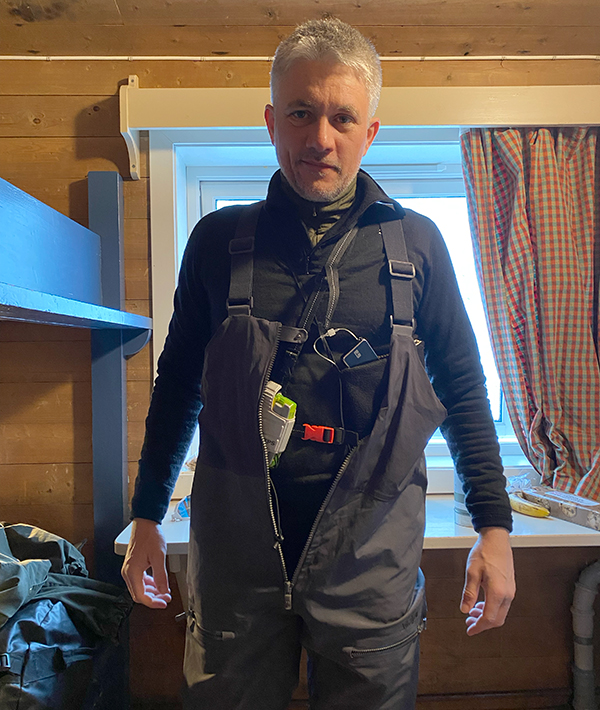
Juice freezes at low temperatures, making it impractical to bring on such trips. Instead, I have packed energy gels and fast-absorbing carbohydrates that can be quickly utilized if my blood sugar drops too low. Additionally, I carry a thermos with warm fluids, which helps maintain hydration and provides an alternative carbohydrate source in freezing conditions.
Heading Out Early on a Monday morning, we set off, ready for a long trip to a remote mountain with fantastic ski terrain. Overnight snowfall promised knee-deep powder snow, making the adventure even more exciting.
I started the day with a deliberately high blood sugar of around 14 after a solid breakfast consisting of oatmeal, two sandwiches, and waffles. With the exercise mode activated on my Tandem insulin pump, I expected a stable journey, yet I still experienced a rapid drop in blood sugar to 4.
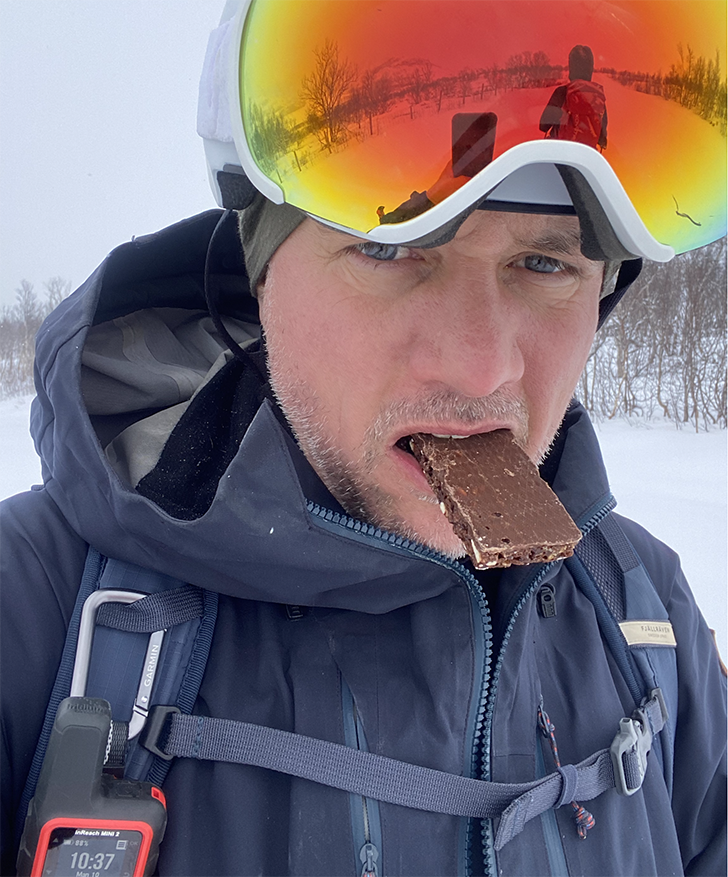
To stabilize it, I needed to consume half a pack of glucose tablets and about four muesli bars. These provided approximately 120-150 grams of carbohydrates. With an estimated energy expenditure of 2000-2500 calories, lunch was essential: two sandwiches, a large piece of chocolate, and a couple of waffles.
This experience underscored how much carbohydrate intake might be necessary, even with preparation and an active exercise mode. It highlights the importance of continuous blood sugar monitoring during physically demanding activities, as well as the need for easily accessible carbohydrates and a backup plan in case of unexpected drops in blood sugar.
The combination of planning, experience, and ongoing adjustments enabled me to complete the trip without any problems – and with incredible nature experiences along the way.
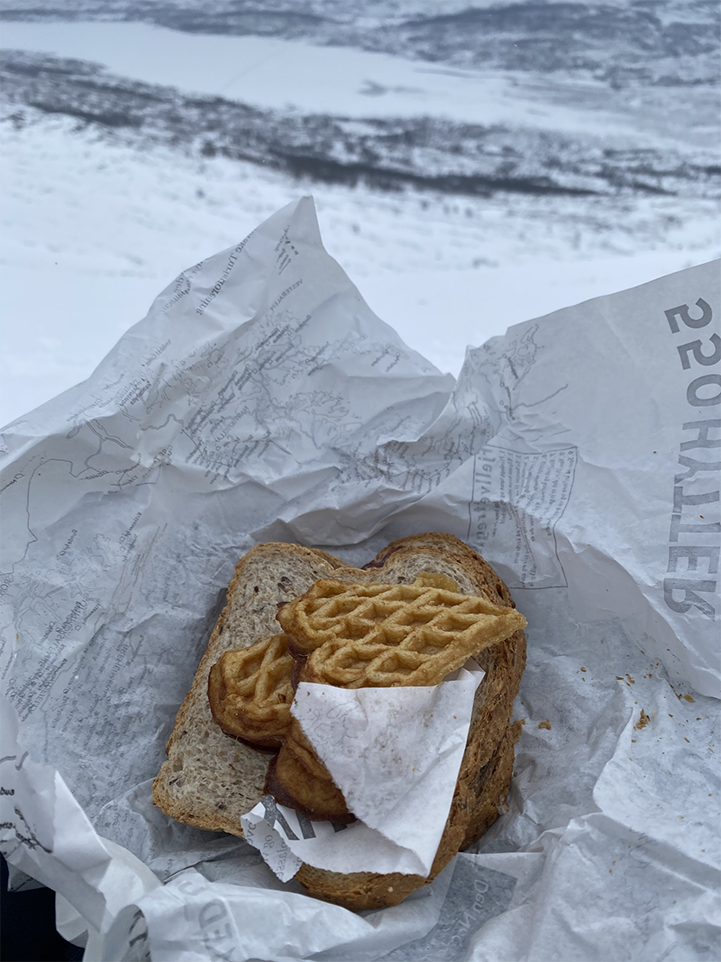
Lunch - norwegian style on the top.
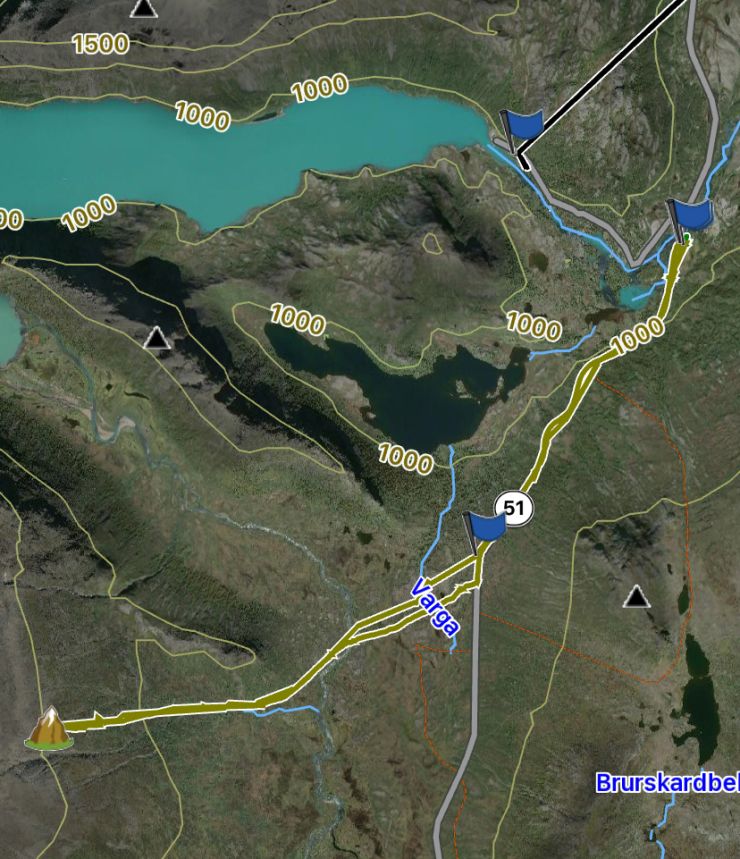
Monday walk - 17 km
Projects
Empowering Adventures: Thriving with Diabetes
"We believe that diabetes should not prevent you from experiencing the world to the fullest. From climbing mountain peaks to exploring the most remote areas, our community is here to fuel your passion with motivation and practical advice."